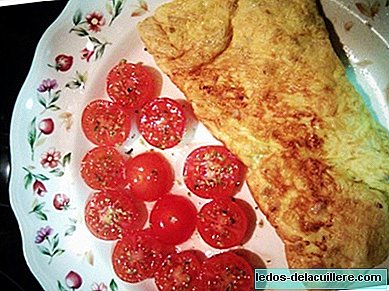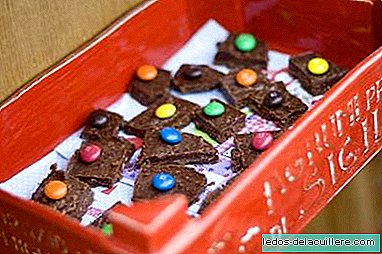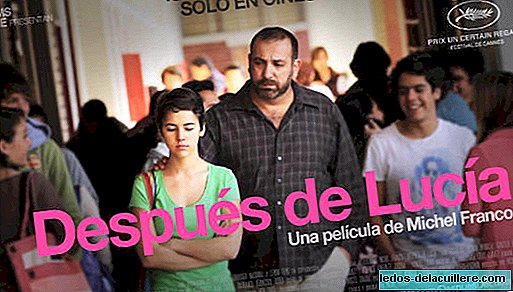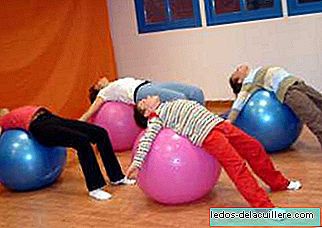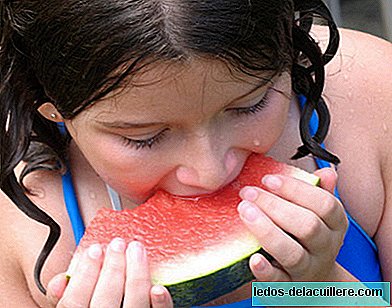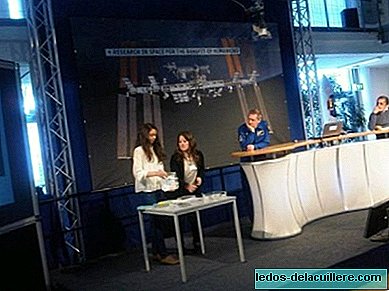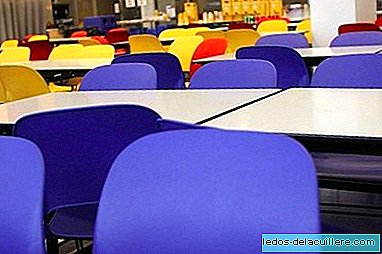
Sometimes it is not easy to know what our children eat in the dining room, an information sheet can tell a lot from what actually comes to children's dishes at school. In addition, there are studies that emphasize insufficient quality of menus at school: lack of fish, fruit and vegetables, excess fat ...
These facts, together with the high price of the school canteen service, makes many parents (and educational centers) defend that children take food from home to the school canteen. It offers them more confidence, they know what their children eat and it is cheaper.
If school menus were subject to strict and common regulations, and to a control that guaranteed compliance, we could avoid distrust of the quality of what children eat at school.
There are different works that approximate what should be a healthy school menu, that ideal main meal that five days a week make so many children. “The white paper of school feeding”, “Nutrition and school feeding”, “Manual of balanced feeding in the school canteen and at home” or the “Guide to school canteens” are some of these works for anyone deepen this aspect.
Susana del Pozo, of the Spanish Nutrition Foundation (FEN), whose studies have served to establish the basis of the regulations of the Community of Madrid on this issue after verifying that the menus of the centers of that community were lacking (and excessive ) unhealthy, point out some of the guidelines that an ideal school menu must meet.
To these guidelines we have added the considerations of one of the previous publications, the “Guide to school canteens”, published by the Ministry of Health and Consumption and the Spanish Agency for Food Safety and Nutrition (AESAN) within the Perseo Program.

Requirements of the ideal school menu
- The midday meal should cover 30% -35% of the child's energy needs; and this varies depending on the sex and age of the child.
- Adaptation according to age and sex: the menus will try to be designed taking into account the amount of nutrient per unit of energy, so that what they contribute is sufficient to meet the mineral and vitamin needs of the age and sex stratum with less need energetic For example, for a child of six to nine years, food should be between 600 and 700 kilocalories (from that age, boys consume more energy than girls).
- The caloric profile should be calculated taking into account the intake of the whole day, so small deviations can be allowed in the school menu, since this represents only one meal. In general, it is recommended that the fat content of the menu be adapted so that they do not contribute more than 30-35% of the total energy as we have indicated in the previous point, the proteins provide 12-15% of the caloric content and The remaining percentage comes from carbohydrates.
- It is essential to ensure the contribution of protein, calcium, iron and vitamin A.
- Menus must include daily vegetables and vegetables (as a first course, or as a side dish of the second); as well as rice, pasta, potatoes or legumes.
- The second plate must be composed of meat, fish or eggs. Although variety is recommended within these food groups, alternating white and blue fish, or different types of meat. The restrictions regarding bluefish in children must be taken into account. The Spanish Agency for Food Safety and Nutrition (Aesan) recommends that children under three years avoid the consumption of fish species contaminated by mercury. Children between three and 12 years should limit to 50 gr / week or 100gr / 2 weeks, and not consume any other fish in this category in the same week.
- The menu must include fruit every day (some milk can be included as a complement) and can be alternated with natural juices. Fruit juices or fruits in syrup should not replace whole fruits, which will be the usual dessert. In this way it is easier to reach the five servings of fruit and vegetables recommended per day.
- The food must be accompanied by bread and water.
- Caution is advised with salt, sugar and high-fat foods. The food will be seasoned in the kitchen, students should not add salt or condiments.
- For the elaboration of the menus, monounsaturated vegetable oils (olive oil) or polyunsaturated oils (sunflower, corn, soybean and peanut oil) should preferably be used.
- Some days of the month should include whole foods (such as pasta or rice).
- When serving the rations, it is advisable to include a variety of foods (for example, the vegetable garnish; or if it is paella, other than rice)
- Variety is also necessary in the preparations (not only fried but also boiled food, baked ...).
We can probably include more details in these tips, such as some that would make the menu cheaper without compromising its quality: use seasonal products and local products. Following these recommendations the school menu would be closer to being healthy and balanced.


